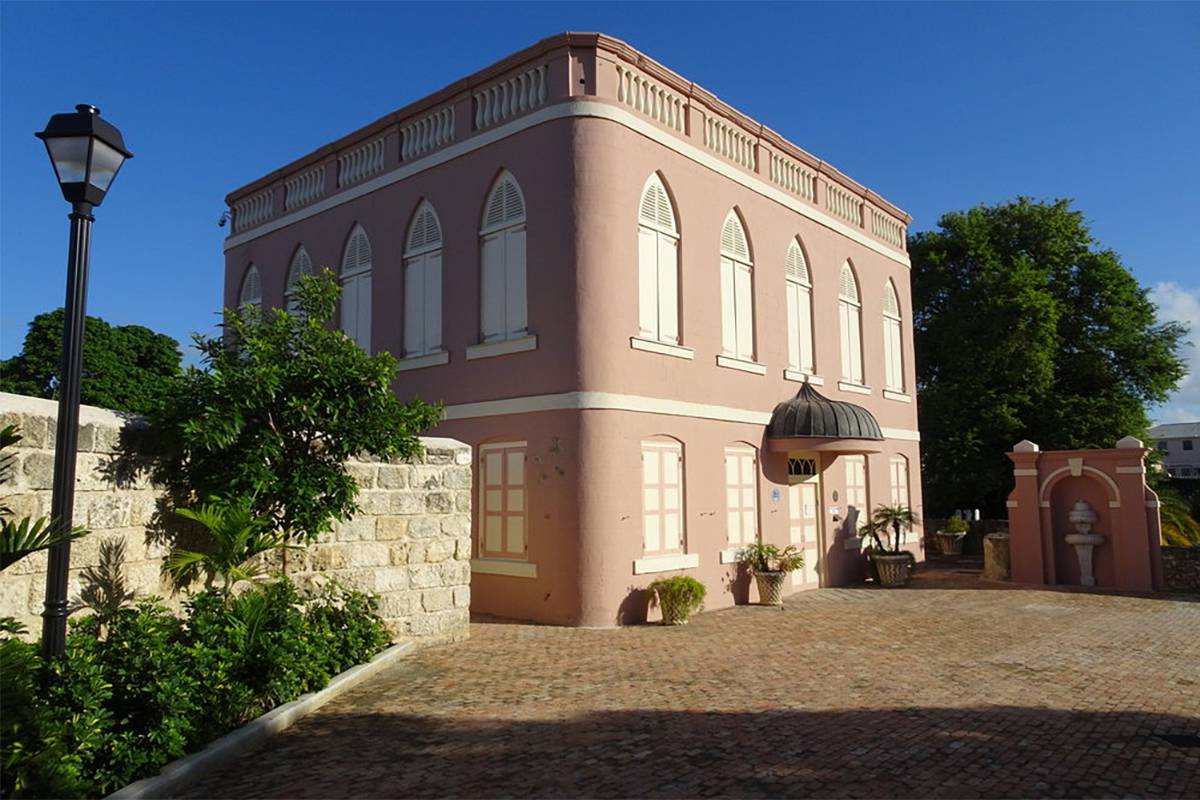As we look through the windows of history – We view the religious settlement of the Sephardic Jews, who constituted the first Jewish community to populate Barbados. Although Historians report that there were Jewish people on the first boat bringing settlers to Barbados in 1628, the population was minor. However, as the settlement at Barbados thrived, immigration grew, and so did the Jewish population on island. With permission granted from England allowing for public worship, which resulted in the construction of the Synagogue in 1654, the community represented a more significant presence in the society. Prior to 1654, Jewish public worship, like that of the Catholics and other religious entities was forbidden on the island. The Anglican Church was the only religious entity with the right to conduct open, public worship, while the others were forced to meet in hiding, making many of the caves of Barbados their places of worship. Three years later, this ‘right to worship’ would also be extended in London. Unfortunately, during the Great Hurricane of 1831, the synagogue was damaged and rebuilt by March 1833, the year before the abolition of slavery was enacted.
Through persecution which caused them to be scattered, some of the early Jewish sect relocated to Amsterdam, which was a Dutch possession at the time. From there they sought and received permission from the British to settle in Barbados. Their journey then brought them from Amsterdam to Barbados. They are known to have set up synagogues at Bridgetown and Speightstown. However, the location of latter site remains an unsolved mystery, the solution to which is still being sought by historians and archeologists alike. While resident here, they were very instrumental in the introduction, cultivation and grinding of sugar cane, producing sugar as a commercial crop. This mercantile venture was significantly successful in making the English rich, resulting in Barbados being regarded as ‘the jewel in the British crown.’

Many of the Jewish settlers in Barbados were successful merchants and actively contributed to the growth of the local economy. Yet, they suffered many setbacks and restrains, as they worked to build their lives. This resulted in the diminution and final abandonment of Barbados, they all left. Authors of the book, A – Z of Barbados Heritage, point out that vacating Barbados might have also been predicated on the fact that, “… from earliest times, Barbados was an intermediate stepping-stone for the Jewish Diaspora in the West, just as many English settlers or their sons moved to Jamaica, the Carolinas or New England, … while others [Jews] became Christians, anglicized their names and married into the planter and merchant classes …” (p.108). Nonetheless, the restraints on them as ‘foreigners’ cannot be overlooked. Religious freedom and the right to own property, could be regarded as consequential in the decision to leave Barbados, especially as what seemed like better opportunities presented themselves across the world.
However, all was not lost, even though in 1929, Edmund Baez, who was said to be the last surviving member of the Jewish community on the island, sold the synagogue for commercial use, by 1932 the arrival of Moses Altman, a Polish merchant of the Ashkenazim Jewish sect, would settle here and revive Judaism. Today, those Jews who are still resident and practicing their religion here, are the descendants of this European sect who arrived in the early nineteen-thirties. While, by 1679, there were some three hundred Jews resident in Barbados and about eight hundred in the 1700s, today there are significantly far less people constituting this community.


One reply on “Nidhe Israel Jewish Synagogue: The Scattered of Israel”
I did a laser scan and created a Matterport 3D Tour of the Synagogue working with Sir Paul and Geoff Ramsey
https://mpembed.com/show/?m=hNBr6t6niai&mpu=282